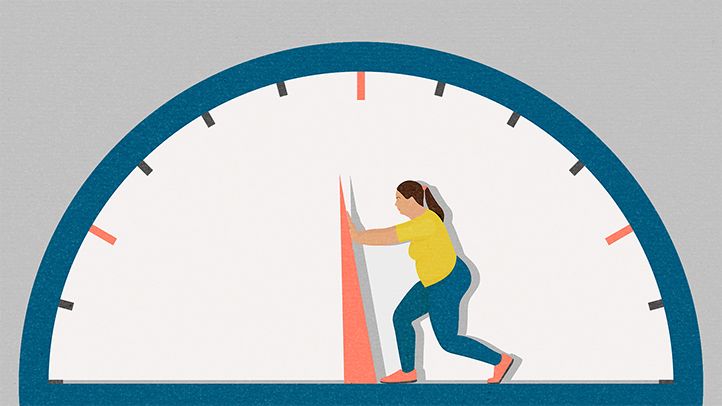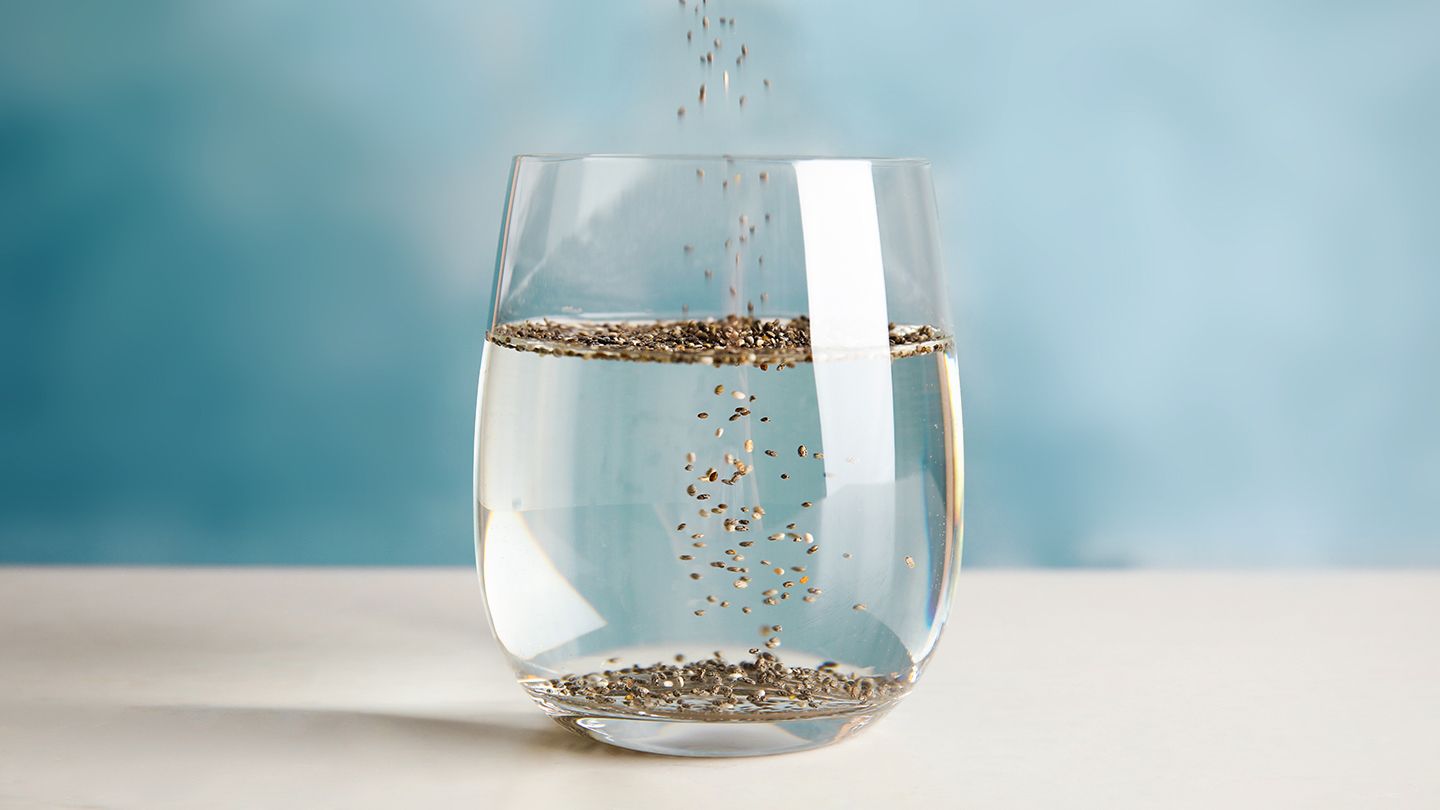
There are many methods to include healthy meal plans in your weight loss strategy. One way is to have small meals throughout each day. This will help to manage your hunger throughout each day. Incorporating protein and fiber-rich foods into every meal is another way to lose weight. It is important to control your portion sizes. It's important to eat less that you think. Preparing your meals ahead of schedule is also a good idea.
Weight loss may be promoted by fiber- and protein rich combinations
Increase your portion size to increase your fiber consumption. Fiber has been linked to a healthy weight and helps you feel full longer. Insoluble fibres aren't digested, and they add bulk to food. They promote regular bowel movements, and decrease your overall calories intake. Consuming more fiber may be the key to losing weight. Our nutrition guide has more details.
There is ample evidence to support the positive effects of protein in reducing appetite. Protein is known to cause satiety. This reduces appetite as well as energy intake. This effect does NOT affect gastric emptying or conditioned tastes aversion. It may be that protein reduces hunger and improves satiety, which in turn reduces energy intake. Many factors could explain why fiber-rich and protein-rich combinations promote weight loss.

Snacks eliminate hunger
Snacks help curb appetite between meals and prevent you from overeating. They help your body process food more efficiently, burn more calories, and keep you from reaching for the wrong foods. Choose healthy snacks that are under 150 calories and packed with nutritious ingredients. Eat slowly so your hormones will know that you're full. Serve healthy snacks on a plate or bowl.
It's crucial to find the right balance between satisfying hunger and keeping within a strict calorie-count. A few snacks a day, preferably one at the same time, will help you maintain a healthy weight. Avoid eating ultra-processed, high-calorie foods. You will not only be changing your eating habits, but also your diet. Try to eat only healthy snacks to eliminate hunger between meals.
Preparing meals ahead
There are many benefits to preparing meals ahead of time for healthy meal plans for your weight loss journey. It's simple to prepare meals ahead, but it can be tedious. Planning ahead is important in order to ensure that you have everything you need. It is possible to prepare your grocery list by researching recipes and then shopping the day before. You can cut down on cooking time by planning ahead and avoid scrambled eggs last minute.
Create a nutritious menu plan for the week by using a meal planning app, a calendar, or a grocery list. Make sure to add convenience items, such as fruit and granola bars. Every week, set aside a day to meal prep. You can start shopping the day ahead and begin chopping vegetables and grains. This will save you time in the mornings and allow you to get on with your day.

Portion control is key to weight loss
You can get more out of portion control than a slimmer waistline. Participation control is crucial to maintaining a healthy body weight. Not only does portion control help control calorie intake, it can also improve your digestive system. You can lose weight and stomach pain by eating smaller portions. Overeating can lead to serious sugar imbalances. Eating more often results in high spikes and drops of glucose levels in your blood, which can lead to diabetes.
Healthy, preportioned foods are a great way to reduce portion sizes. Preportioned containers allow for structure and help to reduce the amount of decision-making involved in determining portion sizes. It has been shown that liquid meal substitutes and solid PPFs increase weight loss for people who consume high amounts of energy. It is important to reduce your portion size for weight loss. However, you should eat smaller portions than usual of higher-calorie foods.
FAQ
What should I eat during intermittent fasting to lose weight?
Cut out carbs to lose weight. This means avoiding bread, pasta, rice and potatoes as well as other carbohydrate-based foods.
Also, you should avoid eating too many protein as it can make you feel fuller for longer. This will ensure that you don't feel hungry as frequently.
Focus on foods rich in healthy fats like olive oil, avocado, nuts and seeds. These foods can keep you satisfied for hours after they are eaten.
It's important to make sure you're drinking plenty of water, too. Hydration is key to burning fat.
It is possible that you will find yourself craving these foods while you are fasting. These cravings don't necessarily mean that you should give in. You might gain more weight if you do.
In order to prevent eating too much, limit the amount you eat during the day. Instead of reaching for another snack, sip a glass of water when you feel hungry.
This might sound counterintuitive, but it's actually been proven to help you slim down. One study published in Obesity showed that plain water was more nutritious than sugary drinks.
Consuming water plainly also helped to decrease hunger. Drinking water is the best way to lose weight if you don't want sweetened beverages.
To lose weight, you don’t have to count calories or restrict certain foods. Instead, try to make small changes in your life.
One way to start is by substituting your typical breakfast sandwich with a bowl of oatmeal. Consider swapping out your afternoon cookie in favor of a piece if fruit.
These simple swaps will add up over time and help you shed pounds without spending hours in the kitchen.
What effect does intermittent fasting have on my sleep?
Intermittent fasting is a good thing for your sleep. Your hunger hormones rise when you skip meals. You may wake up more often at night because of this.
Experts advise skipping breakfast. Experts recommend having a light snack before going to bed.
If you are still hungry after your snack, you can eat a small dinner right before you go to bed.
Overeating is not a good idea. If you do, you will gain weight rather than losing it.
What is the best exercise for weight loss?
The amount of exercise needed for weight loss depends on several factors, including age, gender, body type, and how much you weigh. Most people need to exercise at least 30 minutes five days a weeks.
The American College of Sports Medicine recommends 150-minutes of moderately intense aerobic activity every week. It should be spread over three separate days.
If you are trying to lose 10 pounds, 300 minutes of moderate intensity exercise per week is a good goal. This includes activities such as brisk walking, swimming laps, biking, dancing, playing tennis, golfing, hiking, jogging, running, and other similar activities.
Consider doing 20 minutes of vigorous exercise thrice a week if you are just starting out. These activities could include sprints and lifting weights.
Aerobic exercise is a great way to burn calories and build muscle mass. Muscle burns a lot more calories than fat. You may be able to achieve your goal quicker by building muscle and losing fat.
What can I drink during intermittent fasting in the morning?
It is a good idea to drink water early in the day. It helps you feel full faster and gives you energy throughout the day. Add lemon juice or cucumber pieces to spice it up.
Statistics
- One 6-month study showed that simply doing 11 minutes of strength-based exercises 3 times per week resulted in a 7.4% increase in metabolic rate, on average. (healthline.com)
- According to Harvard Health, it's estimated that a 155-pound (70-kg) person burns around 167 calories per 30 minutes of walking at a moderate pace of 4 mph (6.4 km/h) (5). (healthline.com)
- According to Harvard Health, it's estimated that a 155-pound (70-kg) person burns roughly 112 calories per 30 minutes of weight training (5). (healthline.com)
- According to a study sponsored by the American Council on Exercise, a person weighing around 140 pounds (64 kg) would burn 108 calories at a 30-minute beginner's Pilates class or 168 calories at an advanced class of the same duration (26). (healthline.com)
External Links
How To
How to do Intermittent Fasting (IF)
Intermittent fasting, a type of dieting that allows you to only eat one time per week, generally Monday through Friday. This allows you to reduce your calorie intake and still get adequate nutrition. This is believed to help you burn more fat than if your meals were regular throughout the week.
The most popular form of IF is to limit calories to certain days. This would be a way to skip breakfast and eat whatever you want throughout the day. You could also choose three small meals instead of two large meals per day.
There are many different forms of intermittent fasting, including alternate day fasting, 5/2 fasts, 8/4 fasts, 16/8 fasts, etc. There are pros and cons to each type of intermittent fasting. Alternate day fasting is the easiest way to start out because you don't have to make any major changes to your lifestyle. However, not everyone can stick to a rigid schedule. They might prefer to experiment with other methods.
If you're looking to start an intermittent fasting routine, I recommend starting with alternate-day fasting. This will allow you to gradually transition into more extreme fasting routines without completely changing your lifestyle.